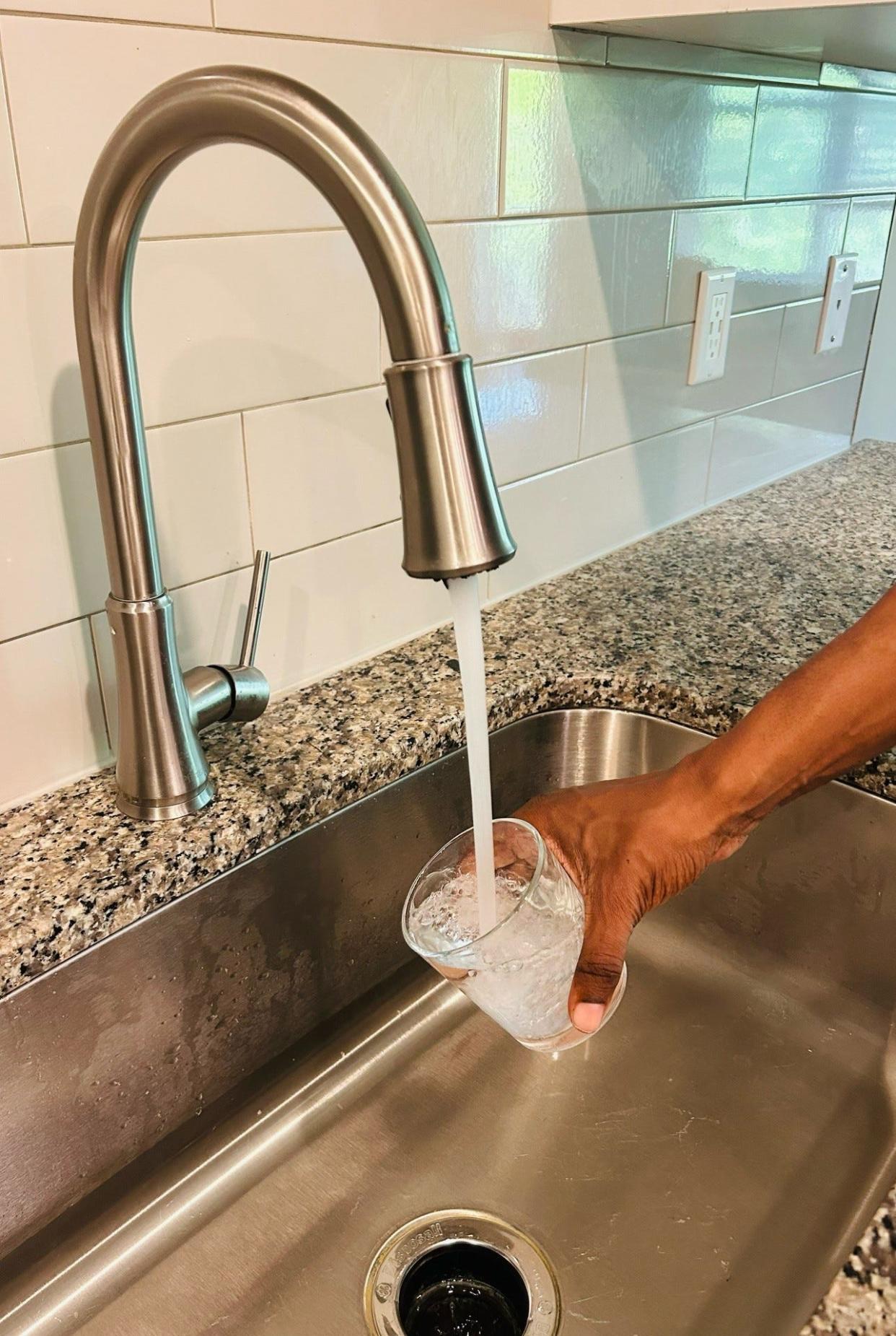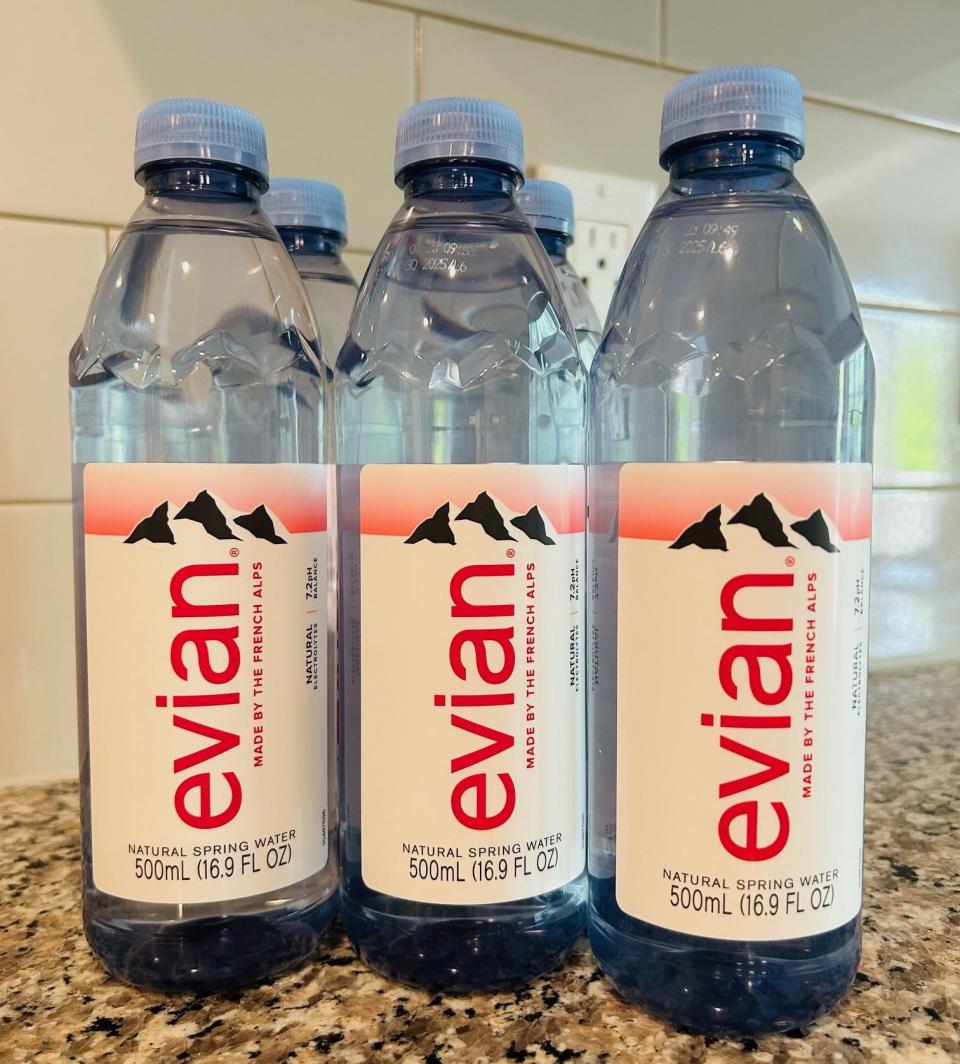Environmental Protection Agency addresses PFAS in drinking water. Is Augusta on the map?

In an effort to combat PFAS or "forever chemicals" found in the drinking water of communities throughout the country, the Environmental Protection Agency received $1 billion in federal funding.
Exposure to PFAS has been linked to deadly cancers, impacts to the liver and heart, and immune and developmental damage to infants and children, according to a news release issued by the EPA.
The EPA has established legally enforceable levels for several PFAS known to occur individually and as mixtures in drinking water.
This rule sets limits for five individual PFAS: PFOA, PFOS, PFNA, PFHxS, and HFPO-DA also known as ‘GenX Chemicals’. The rule also sets a limit for mixtures of any two or more of four PFAS: PFNA, PFHxS, PFBS, and ‘GenX chemicals’.
Professor of Ecological Engineering in the College of Engineering at Purdue University, Linda Lee said PFAS chemicals make their way into the drinking water by direct discharge from manufacturing companies.
“These chemicals were used in our carpets,” said Lee. “Anything that’s stain or oil resistant you can count on these chemicals being present. There have been lots of attempts to phase out PFOS and PFHxS out over the last 10 years. PFOS, PFHxS and PFOA shouldn’t be used intentionally in any of our products or processing.”
The EPA estimates that between about 6% and 10% of the 66,000 public drinking water systems subject to this rule may have to take action to reduce PFAS to meet these new standards.
All public water systems have three years to complete their initial monitoring for these chemicals.
“We have been sampling for them,” said Wes Byne, Augusta’s director of utilities. “It hasn’t been as regular because there haven't been chemicals of concern until recently. The EPA requires us to test for a variety of chemicals, every couple of years that are unregulated. They do that to see what's out there.”
Is Augusta on the map?
“Once a chemical becomes a concern we test for it more regularly,” said Byrne. “And we'll continue to test for it to make sure the levels aren't increasing, or they don't show up somewhere else.”
There are five water plants in Augusta, including two surface water plants and three groundwater plants, said Byrne.
“All of the sites were tested by the state last spring,” he said. “Over the last couple of years as the detection capabilities have gotten better they've lowered what they consider to be a concern level. Where we've ended up now is this extremely low level of chemical detection. It did show up in Augusta in a couple of our wells in higher concentrations. And we took those wells offline.”
Byrne said testing of the wells, one located in South Augusta and the other near the Augusta airport is ongoing.
“We don’t use those wells in water production,” he said. “We will continue to pump and monitor them. The current detection limit is four parts per trillion, which is extremely low. We’ve checked our treated water. And we don’t show it in the treated water.”

Bottled water, filter or tap water?
“Most of the filters that you can buy won’t be able to remove these chemicals,” he said. “Buying bottled water, means you're at the mercy of the water source and how it was bottled. Typically tap water exceeds the quality of bottled water. Regulations for bottled water are a lot different than they are for tap water.”
‘We don’t believe this is a risk’
“If anyone has any concerns they can contact us,” said Byrne. “We feel that the water is safe. We work together to make sure we provide clean water for everybody that’s here. We believe in it.”
PFAS in the drinking water: EPA detected "forever chemicals" in water systems serving 46 million. Is yours on our map?
This reporting content is supported by a partnership with several funders and Journalism Funding Funding Partners.
Erica Van Buren is the climate change reporter for The Augusta Chronicle, part of the USA TODAY Network. Connect with her at EVanBuren@gannett.com or on X: @EricaVanBuren32.
This article originally appeared on Augusta Chronicle: EPA dedicating federal funding to combat PFAS in drinking water

